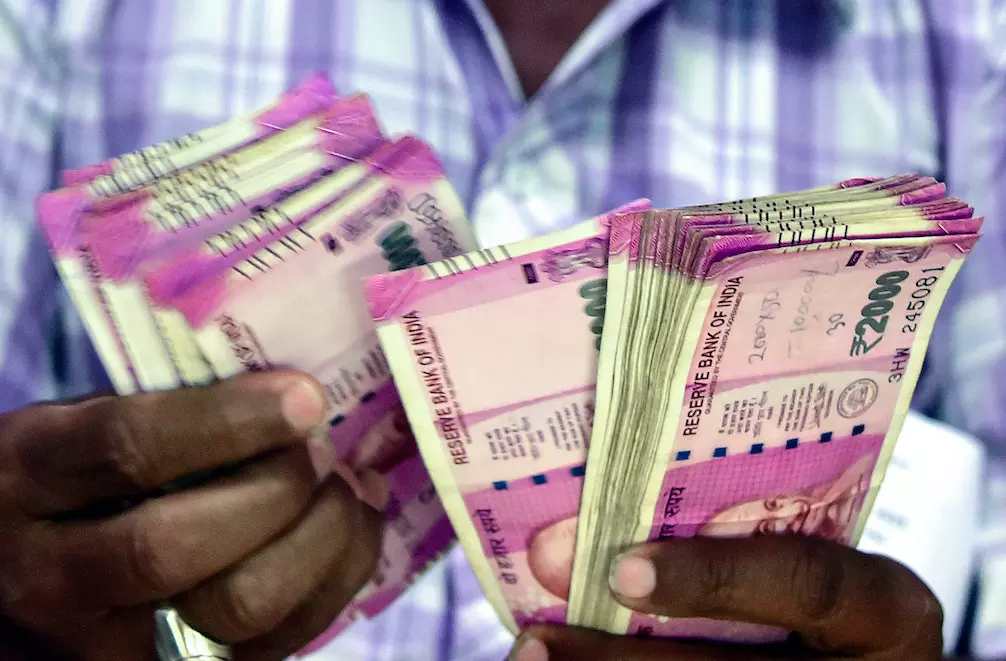Low-income households in India have been facing stagnant income over the past five years, finds a survey. Around 77 per cent of low-income households reported no increase in income over the past five years, finds a survey done by RedSeer Consultants across metro, tier 1, and tier 2+ geographies. Any slight increases in income were often offset by rising inflation, particularly in essential areas like food, housing, healthcare, and transportation.
The majority of low-income individuals work in informal or unregulated sectors and have irregular income streams, leading to instability in their financial situation. Limited access to formal banking and financial services further intensifies their challenges, preventing efficient saving and investment. Further, the survey found that low, emerging, and middle-income households manage to save less than 20 per cent of their income, in contrast to the national average of 30 per cent.

The majority of savings for lower and middle-income households go into essential needs like food, medical costs, and housing costs. The households also showed a strong preference for traditional saving methods like bank savings, fixed deposits, and post office schemes. About 81 per cent of middle-income, 78 per cent of emerging-middle-income, and 79 per cent of low-income households opt for these low-risk options over riskier investments such as stocks and mutual funds.
When expenses exceed income, one in every four individuals with zero savings opts for fo.























